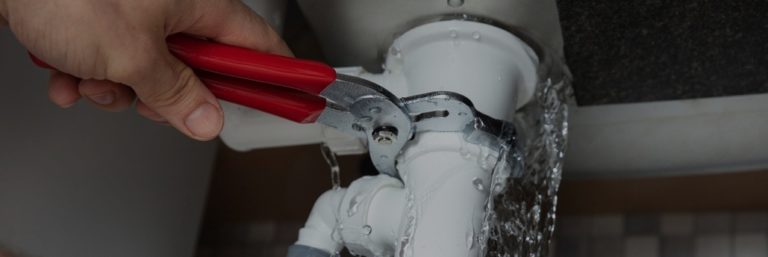They are making several good annotation on the subject of Top leak detection hacks in general in this article just below.

Early discovery of leaking water lines can reduce a prospective disaster. Some tiny water leakages might not be visible.
1. Take A Look At the Water Meter
Every home has a water meter. Checking it is a surefire manner in which helps you find leakages. For starters, shut off all the water resources. Guarantee nobody will purge, use the faucet, shower, run the washing machine or dishwasher. From there, go to the meter and also watch if it will alter. Since no person is using it, there should be no movements. If it moves, that shows a fast-moving leakage. If you spot no modifications, wait an hour or 2 and also inspect back again. This implies you might have a slow-moving leak that can also be underground.
2. Check Water Intake
Analyze your water expenses as well as track your water consumption. As the one paying it, you must notice if there are any type of inconsistencies. If you detect sudden changes, in spite of your consumption coinciding, it suggests that you have leaks in your plumbing system. Keep in mind, your water expense should drop under the exact same range every month. An unexpected spike in your bill suggests a fast-moving leakage.
A constant rise every month, even with the same habits, shows you have a sluggish leak that's also slowly intensifying. Call a plumber to thoroughly check your residential or commercial property, particularly if you feel a cozy location on your floor with piping underneath.
3. Do a Food Coloring Examination
When it comes to water intake, 30% comes from bathrooms. If the shade in some way infiltrates your dish during that time without flushing, there's a leakage in between the storage tank and also bowl.
4. Asses Exterior Lines
Do not forget to check your exterior water lines too. Test faucets by affixing a yard pipe. Must water seep out of the link, you have a loosened rubber gasket. Replace this and make sure all links are limited. It will aid get it expertly analyzed and maintained yearly if you've got a lawn sprinkler system. One small leak can waste lots of water as well as spike your water bill.
5. Inspect and Evaluate the Circumstance
Homeowners need to make it a practice to check under the sink counters and also also inside cupboards for any type of bad odor or mold growth. These 2 warnings indicate a leak so prompt focus is required. Doing routine examinations, also bi-annually, can conserve you from a major issue.
Examine for stainings as well as compromising as the majority of home appliances as well as pipelines have a life span. If you believe dripping water lines in your plumbing system, don't wait for it to intensify.
Early detection of leaking water lines can reduce a possible disaster. Some tiny water leakages might not be visible. Checking it is a surefire means that aids you uncover leakages. One small leakage can throw away bunches of water as well as spike your water costs.
If you presume leaking water lines in your plumbing system, do not wait for it to escalate.
WARNING SIGNS OF WATER LEAKAGE BEHIND THE WALL
PERSISTENT MUSTY ODORS
As water slowly drips from a leaky pipe inside the wall, flooring and sheetrock stay damp and develop an odor similar to wet cardboard. It generates a musty smell that can help you find hidden leaks.
MOLD IN UNUSUAL AREAS
Mold usually grows in wet areas like kitchens, baths and laundry rooms. If you spot the stuff on walls or baseboards in other rooms of the house, it’s a good indicator of undetected water leaks.
STAINS THAT GROW
When mold thrives around a leaky pipe, it sometimes takes hold on the inside surface of the affected wall. A growing stain on otherwise clean sheetrock is often your sign of a hidden plumbing problem.
PEELING OR BUBBLING WALLPAPER / PAINT
This clue is easy to miss in rooms that don’t get much use. When you see wallpaper separating along seams or paint bubbling or flaking off the wall, blame sheetrock that stays wet because of an undetected leak.
BUCKLED CEILINGS AND STAINED FLOORS
If ceilings or floors in bathrooms, kitchens or laundry areas develop structural problems, don’t rule out constant damp inside the walls. Wet sheetrock can affect adjacent framing, flooring and ceilings.
https://www.servicemasterbyzaba.com/blog/how-to-detect-water-leakage-in-walls/

I'm certainly very occupied with Top leak detection hacks and I am hoping you enjoyed my entry. Sharing is caring. You just don't know, you could be helping someone out. Bless you for your time. Visit us again soon.